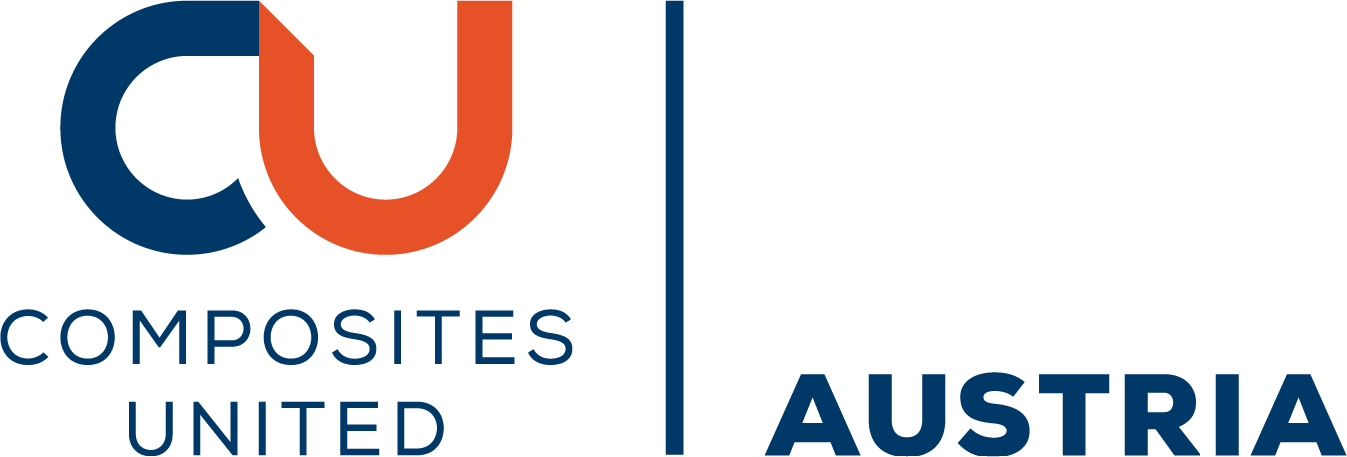
Real-time Prognosis of AFP Manufacturing Defects using Artificial Intelligence
Please login to view abstract download link
Automated Fibre Placement (AFP) is a commonly used manufacturing technique for fabricating composite structures. The main challenge during this process is an occurrence of defects during tape placement which can significantly affect the quality and performance of the final product. To address this challenge, a deep learning-based framework is proposed for real-time defect prognosis during the fibre placement process. By utilising laser profilometry sensors, high-resolution data of tape profiles were captured continuously, enabling the detection and prediction of defects before they fully manifest. The predictive framework comprises of multiple neural networks: an encoder-decoder network, a Long Short-Term Memory (LSTM) network, and a classification network. The encoder is set to extract spatial features of tape’s displacement images and to compress them into small latent representations for efficient processing. Based on that data, the LSTM network predicts future tape profiles, allowing to identify any potential anomalies early on (see Figure 1). Finally, the classifier combines ground truth and predicted data to accurately classify the exact type of a defect in case of its occurrence. To overcome the challenges of limited real-world data, data augmentation techniques were applied, significantly increasing the diversity and robustness of the training dataset. The validation stage revealed the system's ability to detect subtle deviations in tape profiles and to provide reliable prediction and classification of defects over time. This project demonstrates the potential of artificial intelligence approach in enhancing AFP manufacturing by allowing the prediction and classification of defects prior to their occurrence based on minor changes in tape’s profile geometry. The proposed system promotes the reduction of material waste by improving manufacturing efficiency and ensuring the production of high-quality composites. The developed methodology is not limited by the considered defect types. The predictive framework is adaptable to new defect types and data acquisition methods, paving the way for intelligent manufacturing processes.






